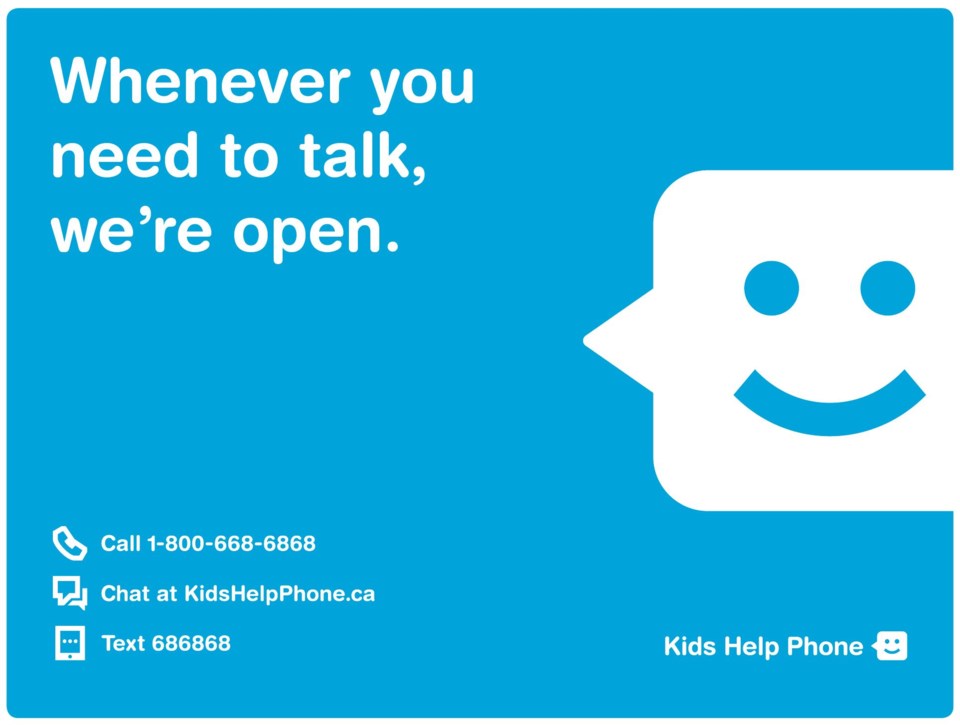In 2022, there were 618 death-by-suicide cases in Alberta: 463 men and 155 women died from suicide across the province.
The sobering statistics are why many countries, including Canada, recognize World Suicide Prevention Day (WSPD) on Sept. 10. Started in 2003 by the International Association for Suicide Prevention and the World Health Organization, WPSD brings attention to an issue that kills over 700,000 people a year across the globe.
Alberta’s statistics, provided by the Office of the Chief Medical Examiner, are split into age, sex, and location, and the numbers show a trend that has worried many health practitioners for years.
Men continue to be more likely to commit suicide than women, with 20.3 deaths per 100,000 individuals, while that number falls to 6.9 deaths per 100,000 for women.
Alberta’s northern health zone has the highest rate of death by suicide, with 179 in 2022 — the most recent year official data was available. Comparatively, Edmonton had 148 deaths, Calgary had 142, and the south health zone had 149.
Stats Canada said 12 per cent of Canadians had thoughts of suicide in their lifetime, 2.6 per cent had thoughts of suicide in the past year, and 3.1 per cent had attempted suicide in their lifetime.
Most people who seriously consider or attempt suicide have one or more of the following risks, according to Alberta Health Services (AHS): a personal or family history of suicide attempts, a personal or family history of severe anxiety, depression, or other mental health problems, including bipolar disorder and schizophrenia, or a drug/alcohol problem.
Warning signs
There are no consistent symptoms displayed by a person with suicidal ideations, but there are some common themes according to AHS.
In children and teenagers, talking, writing, or drawing about death is a common warning sign, as is talking about wanting to disappear. Changes in behaviour, including loss of appetite or sleeping more than usual, are also correlated to an increased risk factor.
Adults who experience a period of depression followed by sudden cheerfulness and contentment can be a red flag, as can a sudden preoccupation with death or a desire to give away material possessions. Substantial life changes, including divorce or the death of a spouse, can also be common events that occur before a suicide attempt.
Healthy self-care
Often, talking about suicidal feelings can be a beneficial method of addressing them. Reaching out for help, especially about mental health, can be difficult, but there are plenty of resources available in Canada.
A trusted friend, family member, or spiritual advisor, or a health professional like a family doctor or counsellor can be good places to start. If those aren’t available, a variety of phone and text lines exist.
Resources
Canada now has a suicide and crisis hotline, which can be reached by call or text at 988.
From 4 p.m. to midnight EDT, Talk Suicide Canada can be reached at 1-833-456-4566, or by text at 45645.
For youth, the Kids Help Phone can be reached at 1-800-668-6868, or by texting CONNECT to 686868.



